When it comes to stretching for general fitness purposes, there are a few different types that people tend to recommend. In this article, we will take a look at each of those types and provide some helpful tips on how to choose the right one for you. We will also answer some common questions about stretching so that you can be sure you are getting the most out of your workouts!
Importance of Stretching to The Body
Before we get into the different types of stretching, it is important to understand why stretching is so important for general fitness.
This is especially beneficial if you are looking to add new exercises to your routine or if you are simply trying to avoid injuries.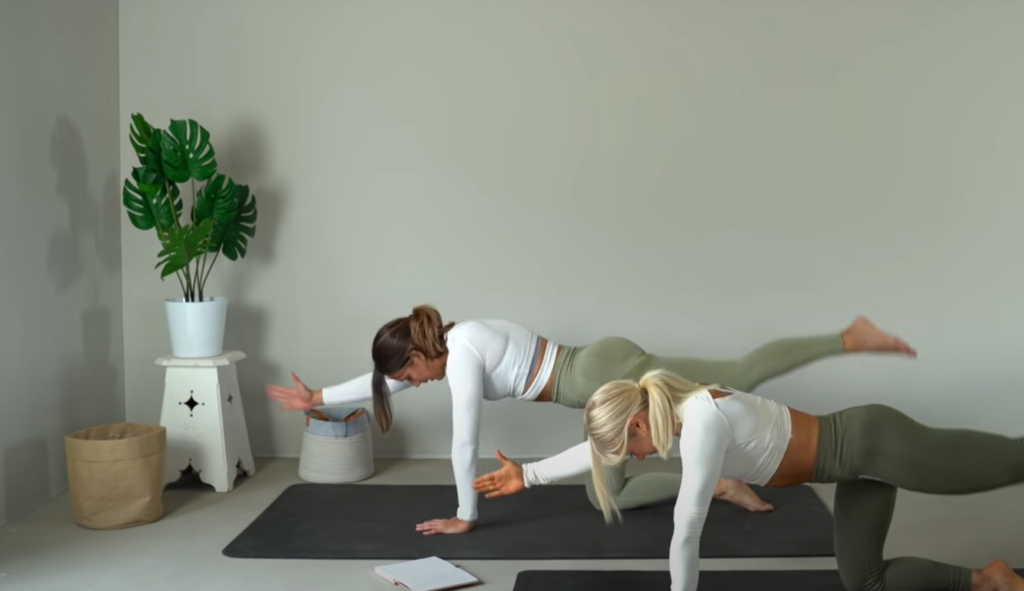
Additionally, stretching can help improve blood circulation and reduce stiffness in muscles and joints. It is also a great way to release tension from the body and relax both physically and mentally. If you are new to stretching, it is important to start slowly and listen to your body. You should never force yourself into a stretch position that causes pain.[1]
Static Stretching
Static stretching is the most common type of stretching that people think of when they hear the word “stretch.” It involves slowly reaching out to touch something in front of you and then holding that position for a period of time. Static stretches are usually done after a workout, when your muscles are already warm and pliable.
There are two main types of static stretching: active and passive. Active static stretches are those in which you use your own muscles to hold the stretch position. An example would be reaching down to touch your toes and then using your quadriceps to raise your leg back up into the air. Passive static stretches are those in which you use an outside force – such as a partner, a towel, or a piece of equipment – to help you maintain the stretch position. An example of a passive static stretch would be lying on your back with your legs up in the air and using a partner to hold onto your ankles and gently pull your legs toward them.
Static stretches are generally considered to be safe for most people, but there are a few things to keep in mind. First, never force yourself into a stretch position. If it hurts, stop. Second, don’t hold your breath while stretching – breathe normally throughout the stretch. And finally, don’t bounce while in a stretched position – this can lead to muscle strains or other injuries.[2]
Adopting Variations in Static Stretching
If you find that your muscles are resistant to static stretching, it may be beneficial to try variations of the stretch. For example, holding a stretch for a shorter period of time or adding movement to the stretch. Adding movement to a static stretch is sometimes called an active-static stretch. An active-static stretch is when you assume a position and then move within that position without changing the muscle length. This type of stretching helps improve range of motion while also providing some resistance training benefits.
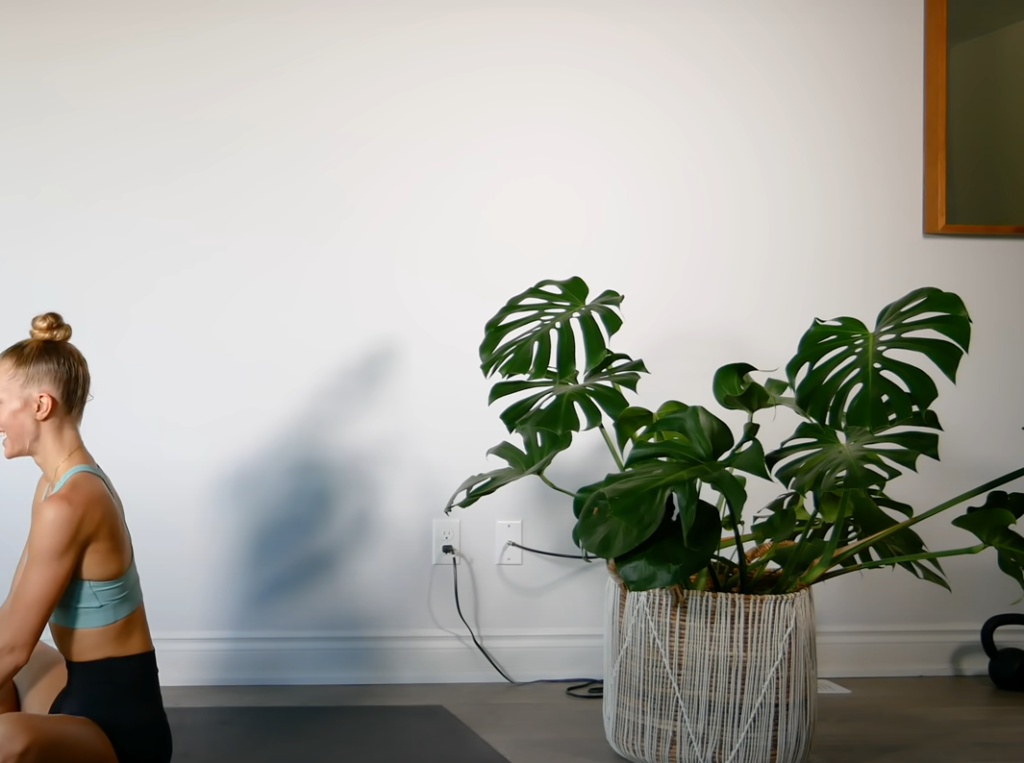
It’s important to note that not all types of stretching are appropriate for everyone. If you have any underlying medical conditions or injuries, it’s always best to check with your doctor before starting any new exercise routine. With that said, here are four general types of stretching that are often recommended for fitness purposes.[2]
Dynamic Stretching
Dynamic stretching is a form of stretching that uses momentum and movement to take your muscles and joints through their full range of motion. This type of stretching is often used as a warm-up before physical activity.
Some benefits of dynamic stretching include:
- improved range of motion
- reduced risk of injury
- increased blood flow to the muscles
To do a dynamic stretch, you can use bodyweight exercises or add resistance with weights or bands. Here are some examples:
- Leg swings: Hold on to something sturdy for balance and swing your leg forward and back, then side to side. You can also try crossing one leg in front of the other as you swing.
- Arm circles: Stand with your feet shoulder-width apart and extend your arms out to the sides at shoulder height. Make small circles forward, then reverse the direction and circle backward.
- Inchworms: Start in a standing position and bend down to place your palms on the floor in front of you. Walk your hands forward until you’re in a push-up position, then walk your feet toward your hands and stand up.
- Lunges: Step forward with one leg and lower your body until both knees are bent at 90-degree angles. Keep your front knee over your ankle and don’t let it go past your toes. Return to the starting position and repeat with the other leg.
- High knees: Run in place, bringing your knees up toward your chest with each stride.
- Butt kickers: Also run in place, but this time kick your heels back to touch your buttocks with each stride.[2]
Ballistic Stretching
Ballistic stretching is a type of stretching that uses momentum to force your body into a stretched position. It is usually done with rapid, jerky movements. Ballistic stretching is not recommended for general fitness purposes because it can lead to injuries.
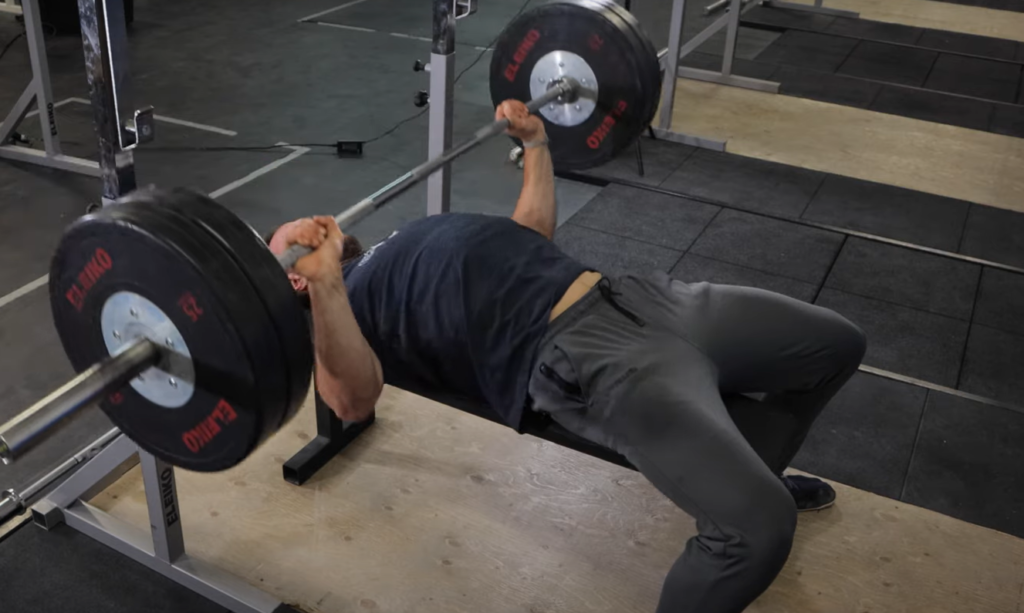
If you are looking for a type of stretching that is most recommended for general fitness purposes, static stretching is the best option. Static stretches are performed by slowly moving your body into a stretched position and holding it there for 15-30 seconds. This type of stretch allows your muscles to slowly adjust to the new position and prevents injuries.[3]
Here are some tips on how to effectively perform static stretches:
- Warm up before you start stretching. A warm up will increase blood flow to your muscles and make them more pliable.
- Don’t bounce when you stretch. Bouncing can cause small tears in your muscles which can lead to injuries.
- Breathe normally while you are stretching. Taking deep breaths will help you relax and improve the effectiveness of the stretch.
Isometric Stretching
Isometric stretching is a type of static stretching (stretching without moving) that involves the resistance of muscle groups through tension. It is an effective way to lengthen muscles and increase flexibility.
There are many benefits to isometric stretching, including:
- improved range of motion
- increased flexibility
- enhanced muscular endurance
- improved joint stability
- reduced risk of injury
To perform isometric stretches, you will need to contract (tighten) the muscle group you are targeting for a set period of time.
You should feel a gentle pull in the muscle, but it should not be painful.[3]Here are a few tips to help you get the most out of your isometric stretching routine:
- Use a timer to keep track of your stretches. A stopwatch or phone timer will work just fine.
- Make sure you are breathing deeply and slowly throughout the stretch. This will help you relax and improve your overall flexibility.
- Avoid holding your breath during the stretch, as this can lead to dizziness or lightheadedness.
- If you feel any pain, release the stretch immediately. Stretching should never be painful.
Active Isolated Stretching (AIS)
Active Isolated Stretching (AIS) is a type of stretching that involves holding a stretch for a brief period of time, usually no more than two seconds. The key to AIS is to use the stretch reflex to your advantage by contracting the muscle group being stretched prior to stretching it. This allows you to stretch the target muscle group more effectively without overstretching the muscle or putting yourself at risk for injury.
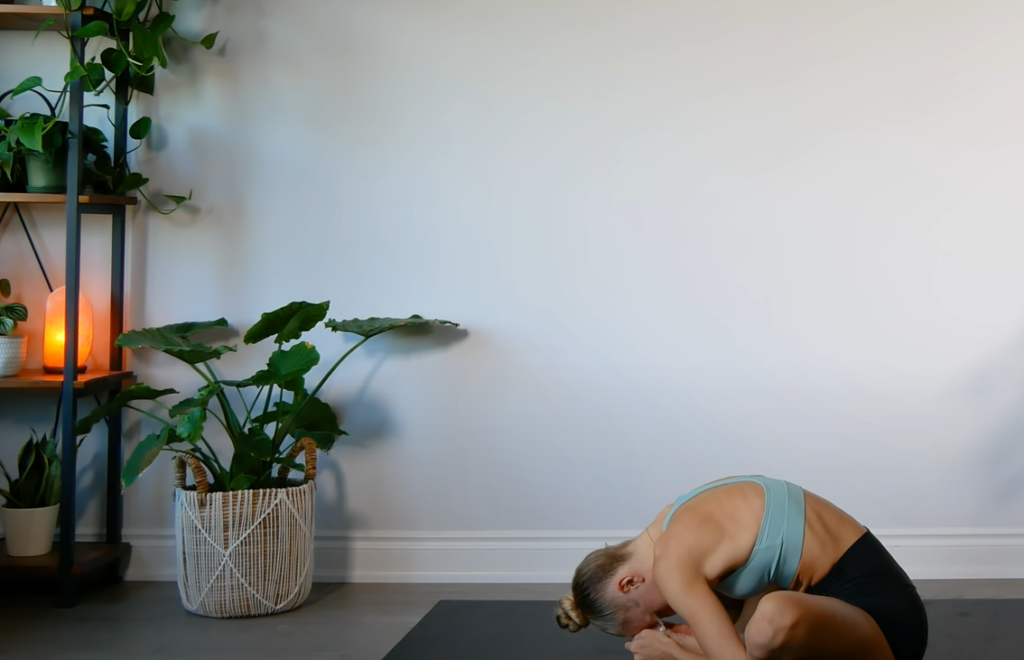
AIS is most effective when performed with a partner who can help you apply the correct amount of pressure to the target muscle group. It is also important to warm up thoroughly before performing AIS, as this will help reduce your risk of injury and make the stretches more effective.
Always listen to your body and stop if you feel any pain or discomfort.If you are looking for a safe and effective way to improve your flexibility, Active Isolated Stretching is a great option. Just be sure to warm up thoroughly before starting and always listen to your body to avoid injury.
What Type of Stretching Is Recommended?
The type of stretching that is most recommended depends on what your fitness goals are. For example, if you are looking to improve your flexibility, then static stretching would be the best type for you. Dynamic stretching is better for those who are looking to improve their range of motion and prepare their muscles for activity. And ballistic stretching, though it can be more dangerous, is best for those who are trying to increase their power and explosiveness.
Of course, there are other factors to consider as well when choosing the right type of stretching for you. Your age, fitness level, and any injuries or conditions you may have will all play a role in which type of stretching is best suited for you. It’s always a good idea to consult with a doctor or certified fitness professional before starting any new stretching routine.[1]
FAQ
What Happens If You Don’t Stretch?
If you don’t stretch, your muscles will become tight and less flexible over time. This can lead to reduced mobility and range of motion, as well as increased risk of injury.
Stretching is an important part of maintaining a healthy musculoskeletal system. It helps keep your muscles long and lean, while also improving joint range of motion. Additionally, stretching can help reduce the risk of injuries by keeping your muscles and joints supple.[4]
Can You Stretch Too Often?
The answer to this question is a resounding yes! If you overstretch, you can cause serious damage to your muscles, tendons, and ligaments. Overstretching can lead to strains, sprains, and other injuries. It’s important to stretch properly and warm up before stretching. Static stretches are best performed after a workout when your muscles are warm.
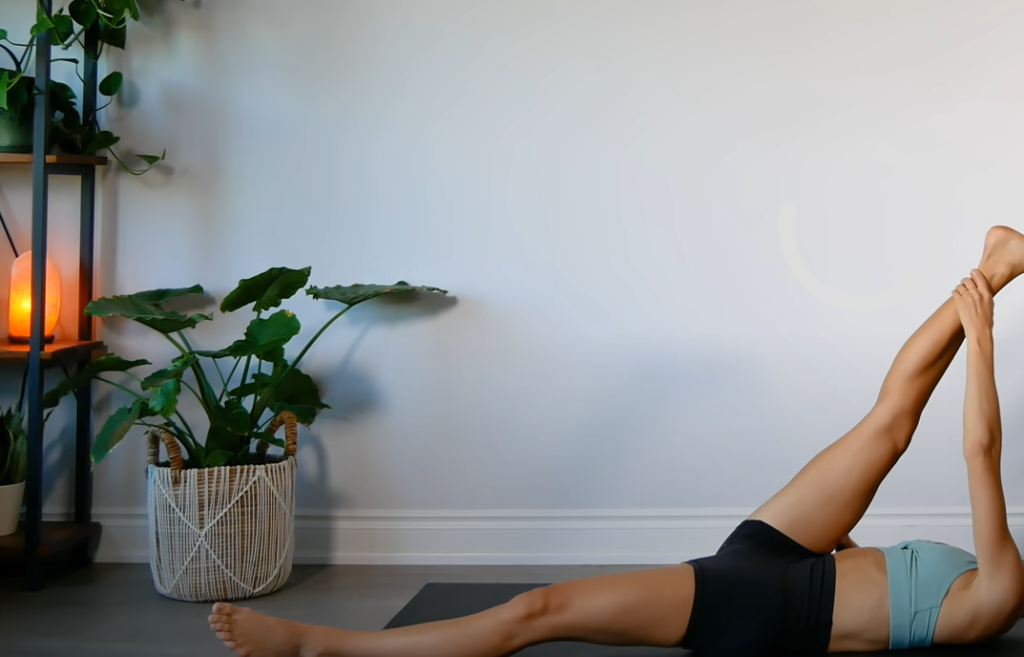
Dynamic stretches should be done before working out or playing a sport. Active isolated stretching (AIS) is a type of dynamic stretching that involves moving the muscle group being stretched through its full range of motion repeatedly. This type of stretching is very effective at lengthening muscles and preparing them for activity.[4]
Does Stretching Burn Fat?
The quick answer is no, stretching does not directly burn fat. However, stretching can indirectly help with weight loss in two ways. First, by improving flexibility, stretching can make it easier to perform other forms of exercise that do burn calories and promote weight loss, such as cardio or strength training. Secondly, regular stretching can help reduce stress levels, which can in turn lead to unhealthy eating habits and weight gain. So while stretching alone won’t lead to direct weight loss, it can certainly be a helpful part of a healthy lifestyle that supports weight loss goals.
Is Stretching Before Or After Workout Better?
The common question of whether it is better to stretch before or after a workout does not have a straightforward answer. It depends on the type of stretching and the goal of the individual. Static stretching, which is holding a position for an extended period, should generally be done after a workout when the muscles are warm and pliable. This will help reduce the risk of injury. Dynamic stretching, which involves moving through a range of motion, can be done before or after a workout. Doing dynamic stretches before can help increase blood flow to the muscles and prepare them for activity.
Why Am I Sore After Stretching?
One of the most common questions we get asked is why people are sore after stretching. The answer is actually pretty simple: when you stretch, you’re essentially causing microscopic tears in your muscles. These tears are a normal part of the healing process and are what help your muscles grow stronger and longer. However, this process can also lead to some discomfort and soreness.
That said, there are a few things you can do to minimize this discomfort. First, make sure that you warm up before stretching. This will help increase blood flow to your muscles and make them more pliable. Second, don’t overdo it. Start slowly and gradually increase the intensity of your stretches over time. And finally, be sure to cool down after your workout. This will help your muscles recover and reduce the risk of soreness.
Is It Okay To Stretch Sore Muscles?
It is generally safe to stretch regardless of whether or not your muscles are sore. In fact, stretching can be a great way to alleviate muscle soreness. However, it is important to be gentle when stretching sore muscles and to avoid overstretching.
If you are new to exercise, it is especially important to start slowly and gradually increase the intensity of your workouts. This will help your body adapt to the new activity and reduce the risk of injuries, including muscle strains.
Should You Stretch Before Bed?
The answer to this question is a bit more complicated than a simple yes or no. While stretching before bed can help you relax and improve your sleep quality, it can also make you more likely to wake up during the night. If you’re struggling to fall asleep or stay asleep, it’s probably best to avoid stretching right before bed.
That said, if you find that stretching helps you relax and drift off to sleep more easily, by all means, add it to your nighttime routine. Just be sure to do some gentle stretches that don’t require too much effort or energy.[4]
Can Stretching Make You Taller?
One of the most common questions people have about stretching is whether or not it can make them taller. Unfortunately, the answer is no. Stretching cannot increase your height. However, there are other benefits to stretching that may be of interest to you if you’re looking to improve your overall fitness.[4]
Useful Video: Should You Stretch Before, During or After a Workout? (Science Based)
Conclusion
In conclusion, the best type of stretching for general fitness purposes is static stretching. This type of stretching is most effective in improving flexibility and range of motion, and can be safely performed by people of all ages and levels of fitness. If you have any questions or concerns about your own stretching routine, be sure to consult with a qualified fitness professional.
Happy stretching!
References:
- https://xiphoricstretching.com/what-type-of-stretching-is-most-recommended-for-general-fitness-purposes/
- https://hourstv.com/stretching-recommended-general-fitness-purposes/
- https://thefrisky.com/types-of-stretching-recommended-for-fitness/
- https://www.groenerekenkamer.com/what-type-of-stretching-is-most-recommended-for-general-fitness-purposes/#

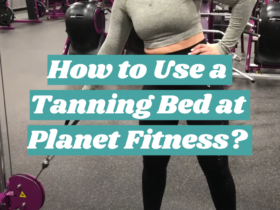



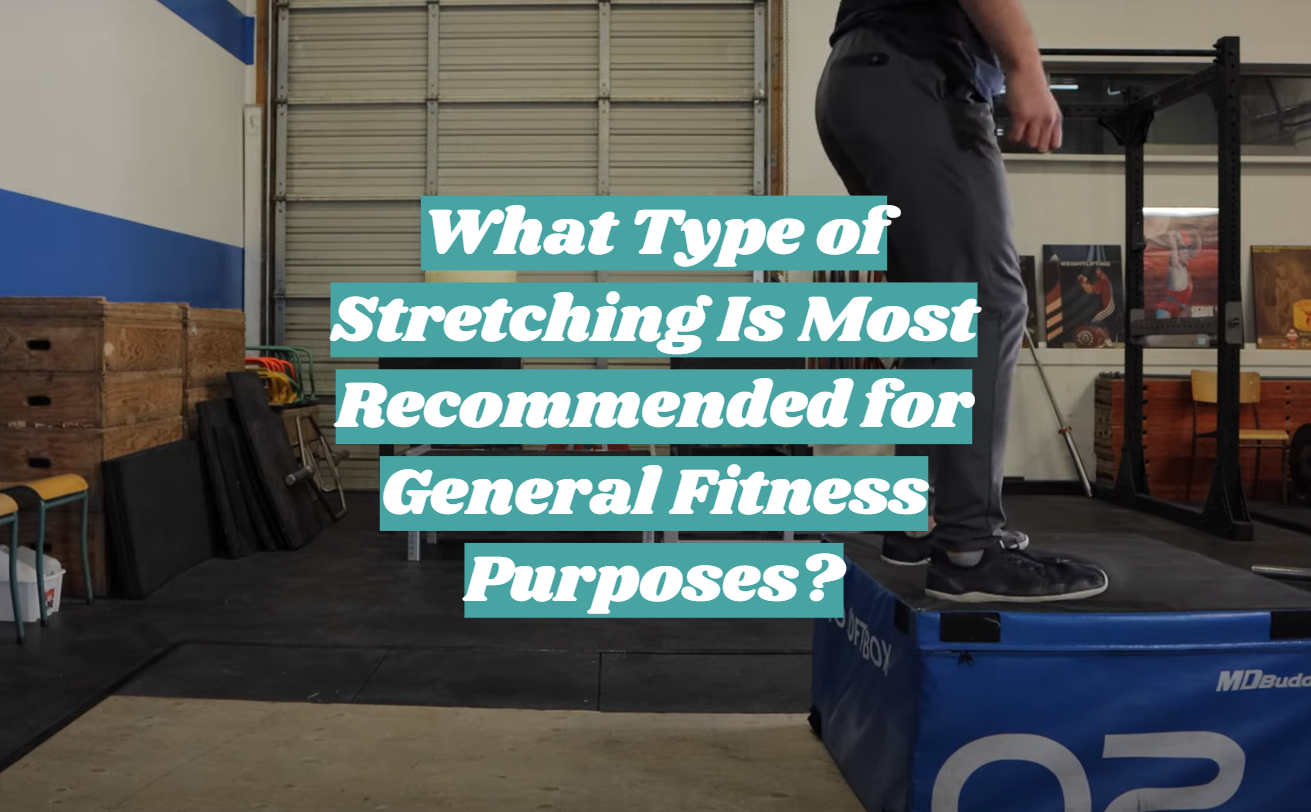




Leave a Review